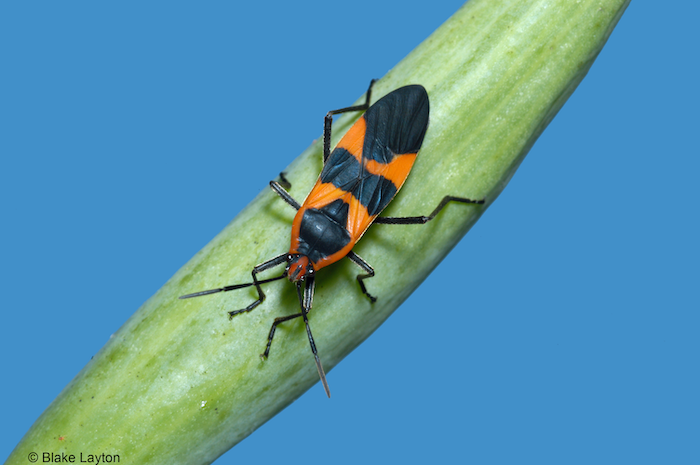Large Milkweed Bug, Vol. 7, No. 11
Related News
October 1, 2015
July 10, 2015
June 29, 2015
June 17, 2015
Pages
Related Publications
Publication Number: P2825
Publication Number: P3346
Publication Number: P3367


